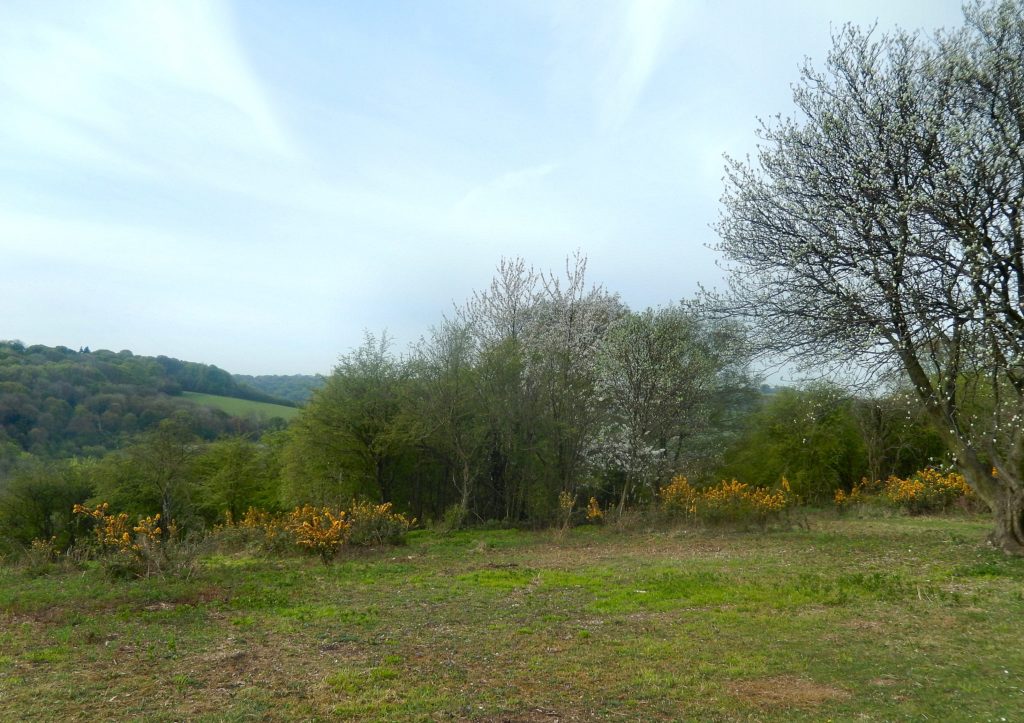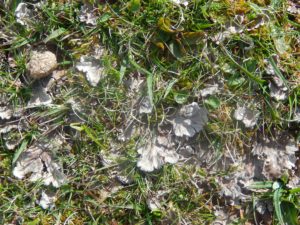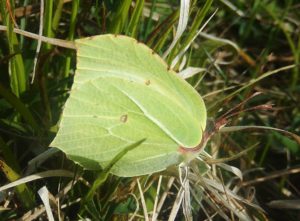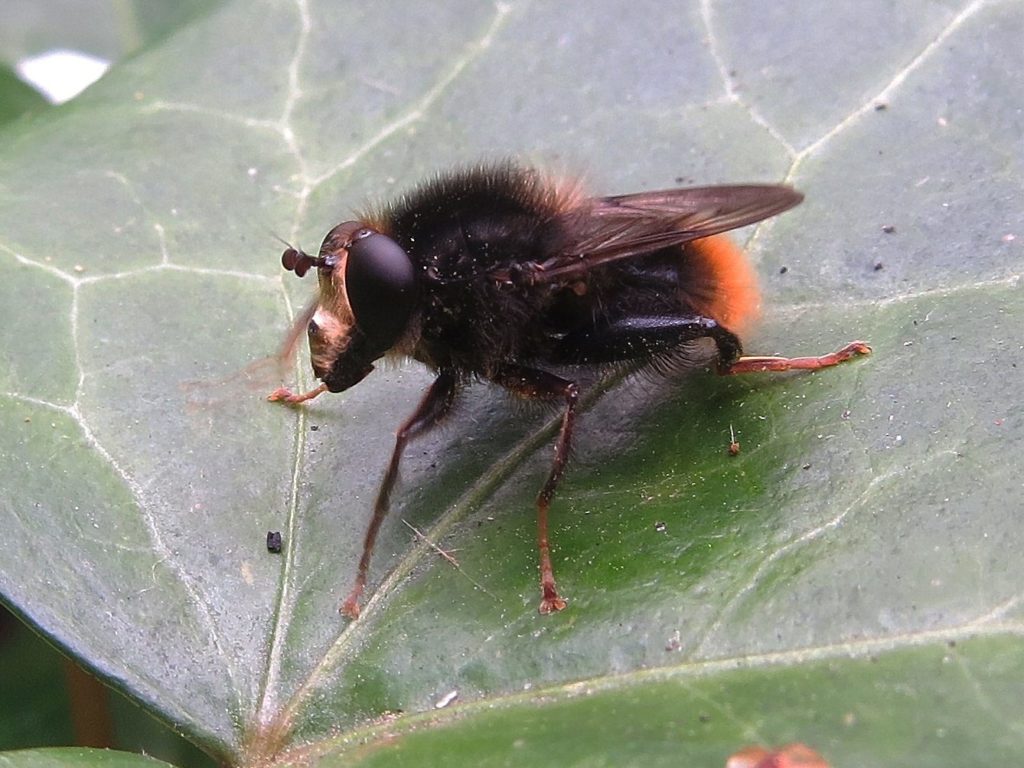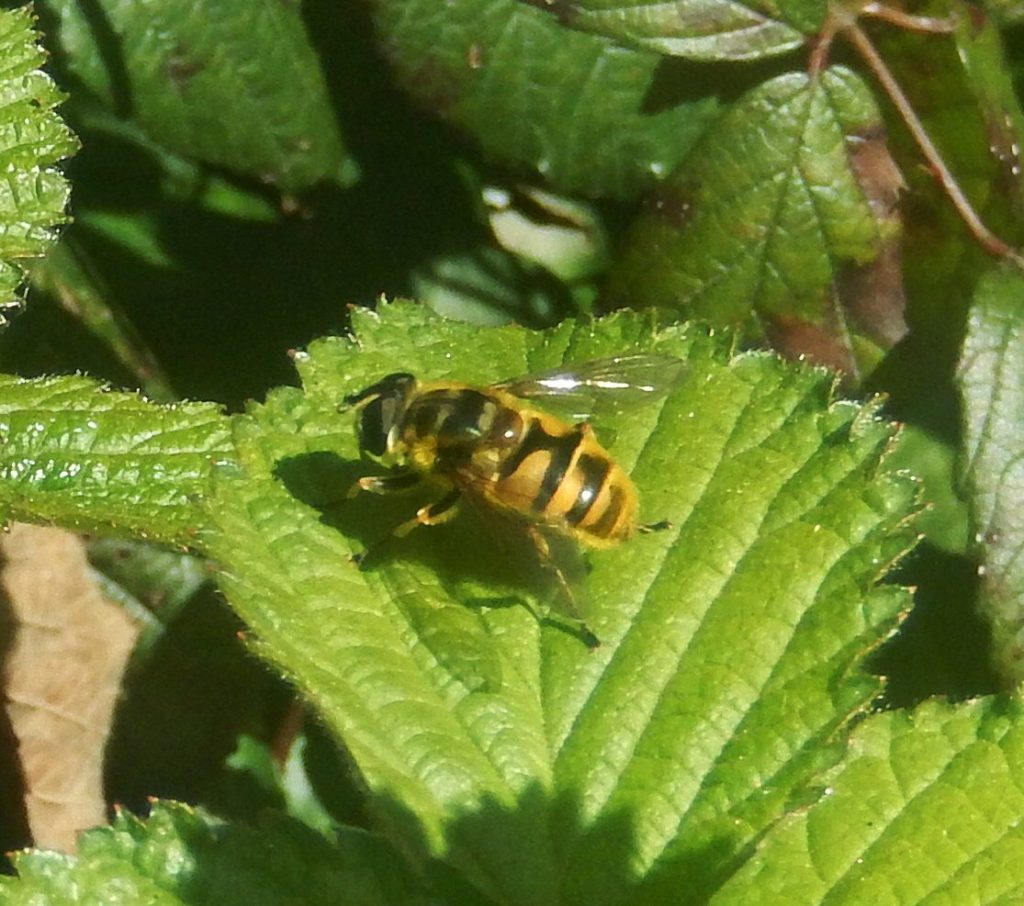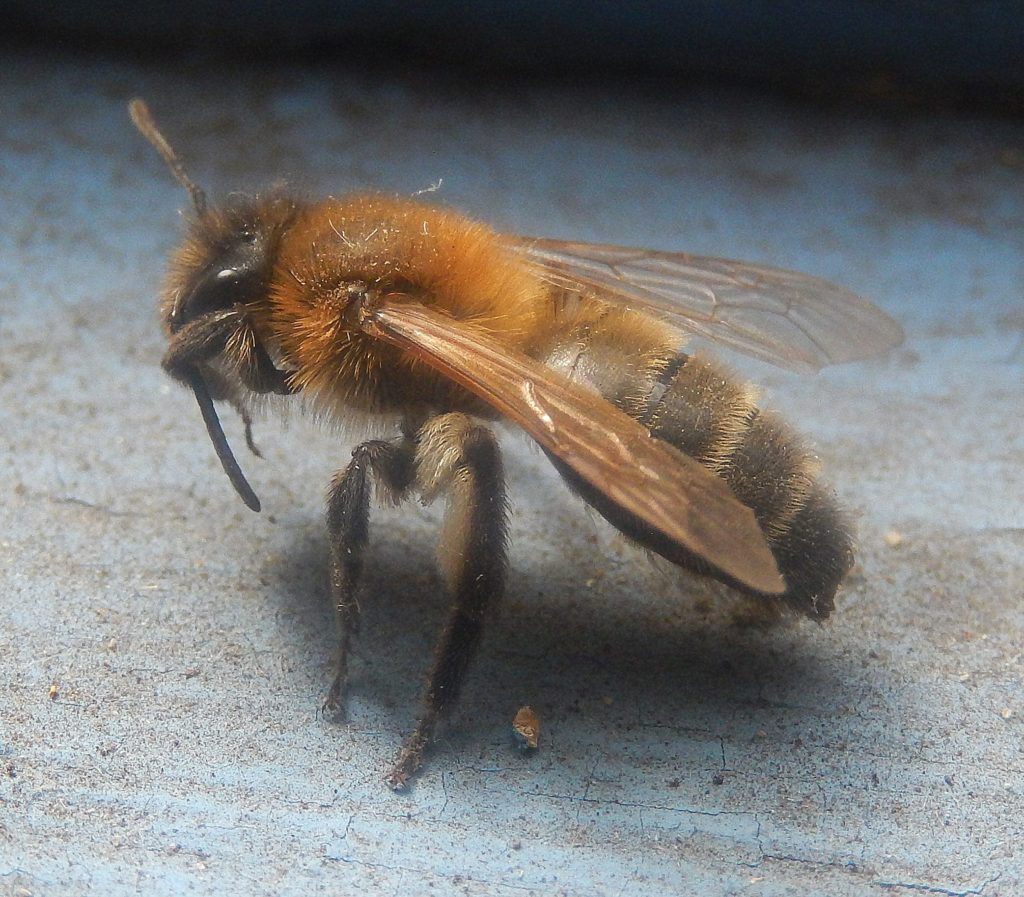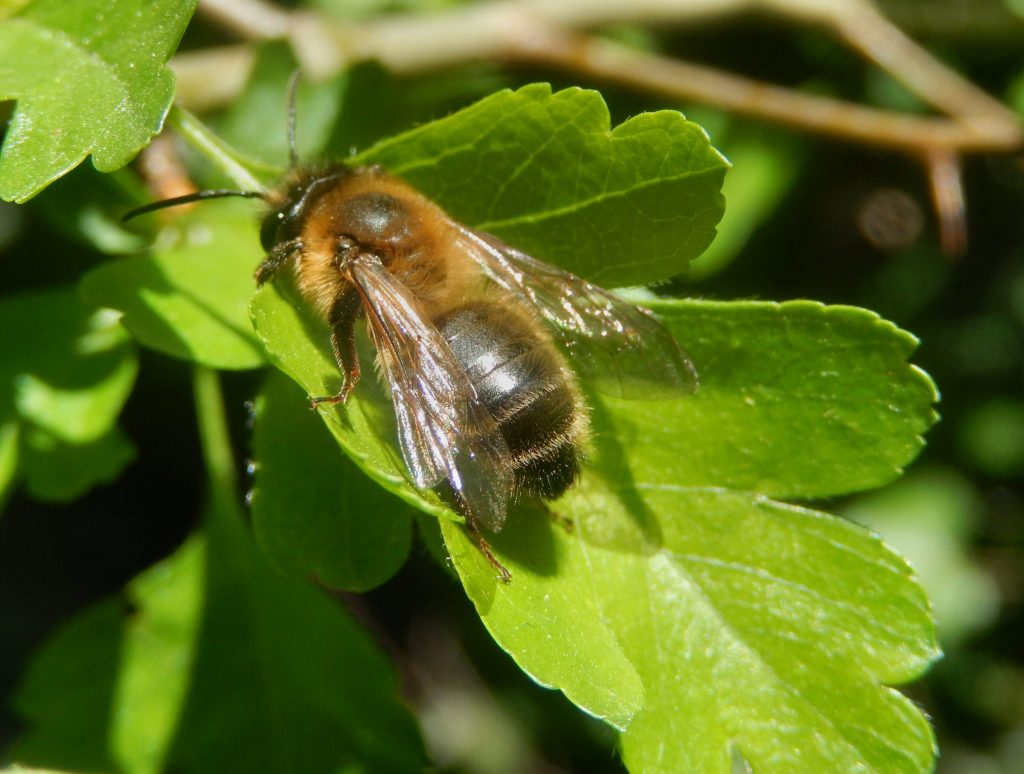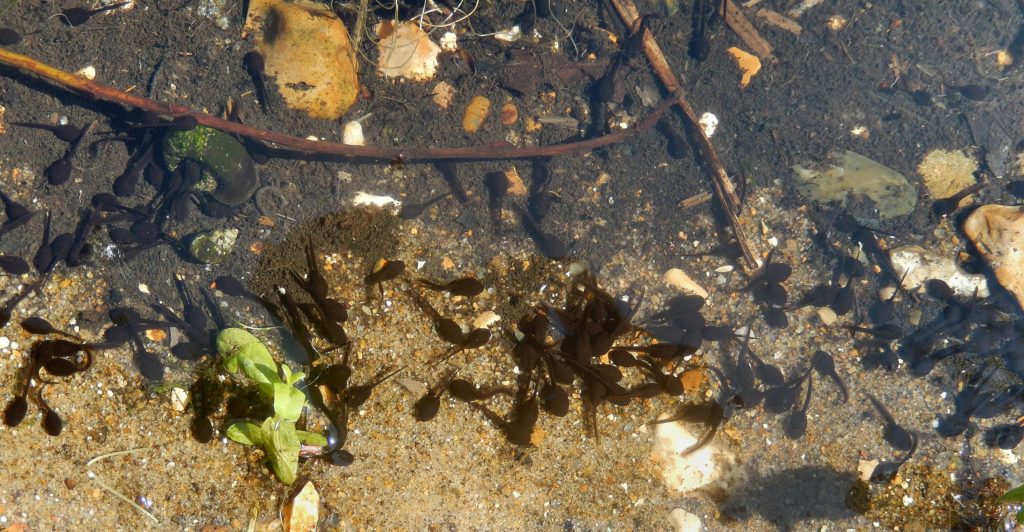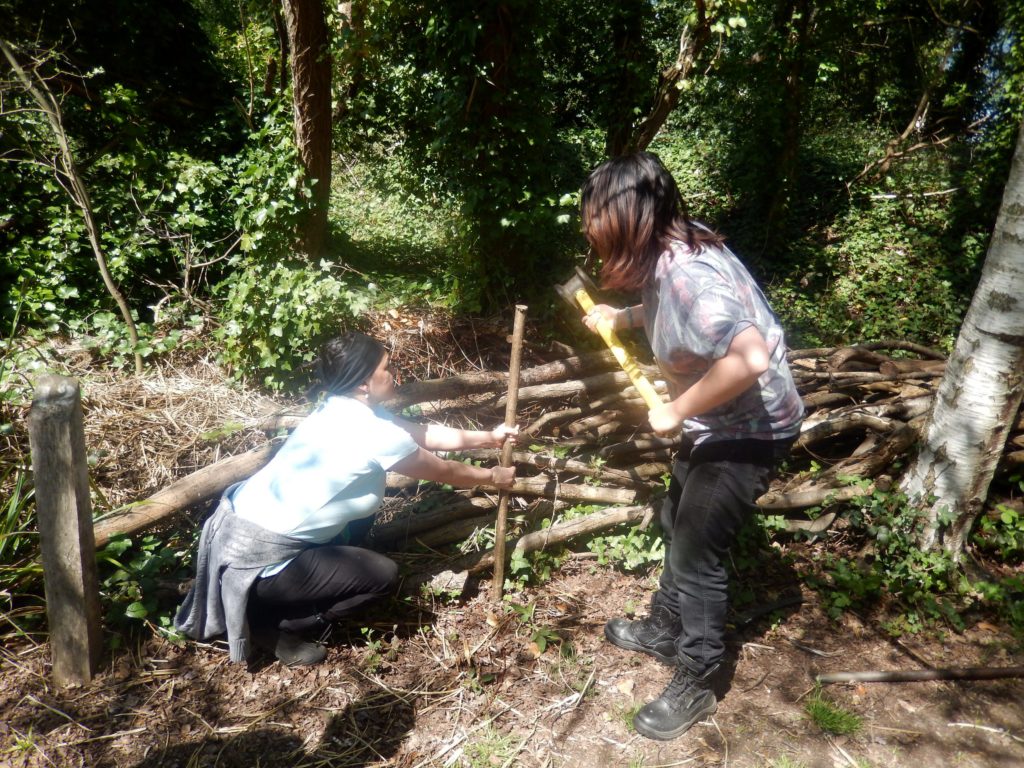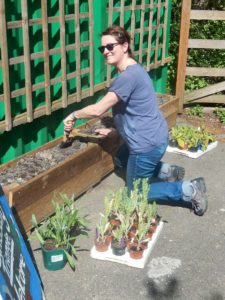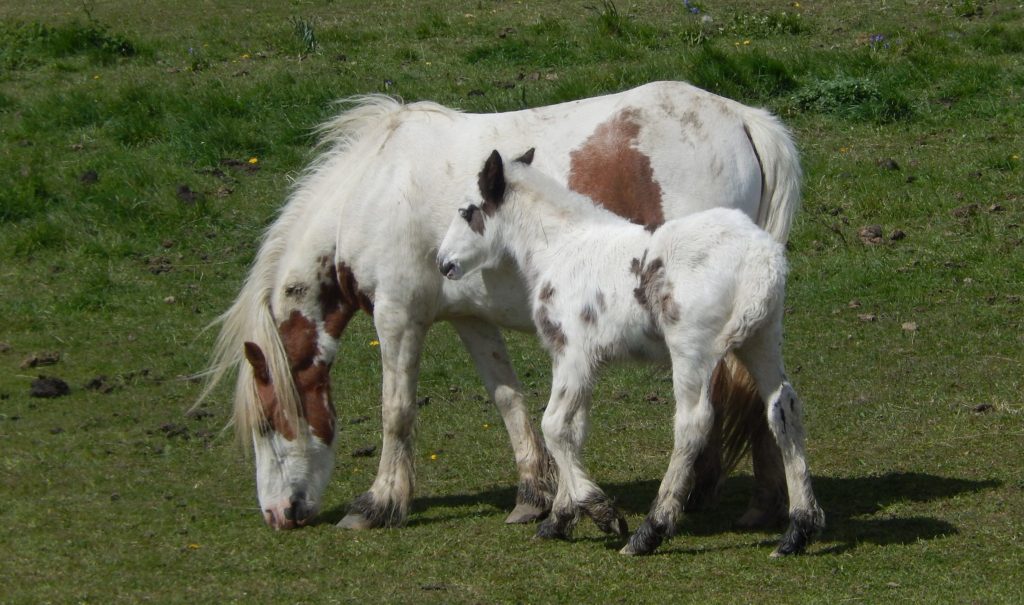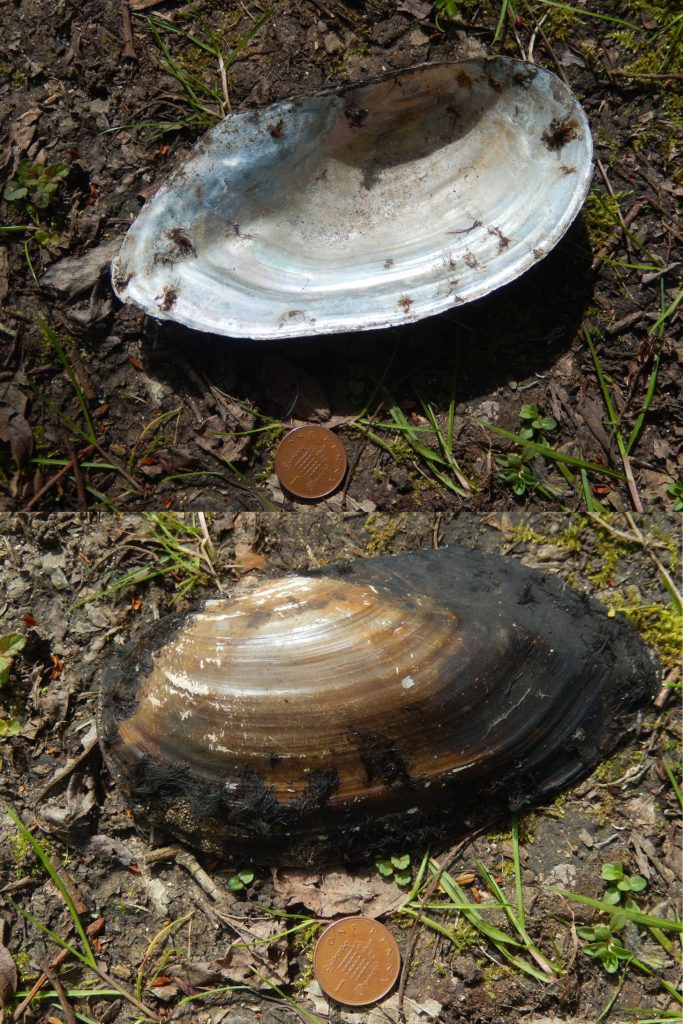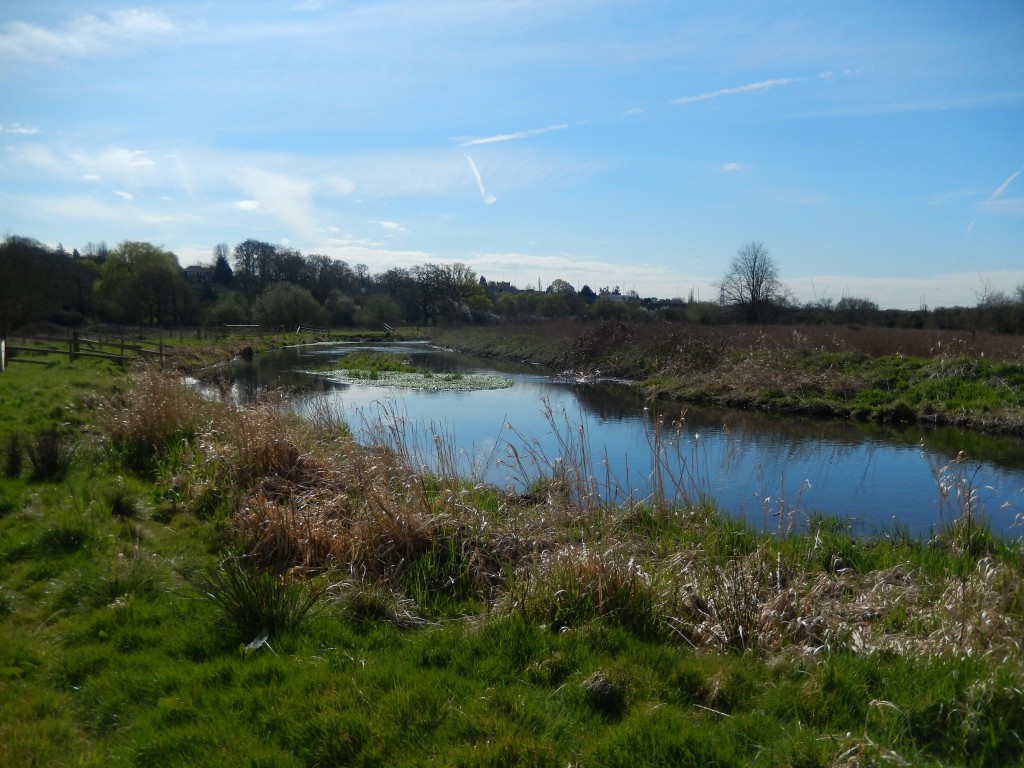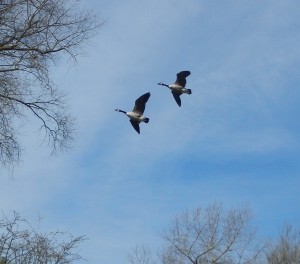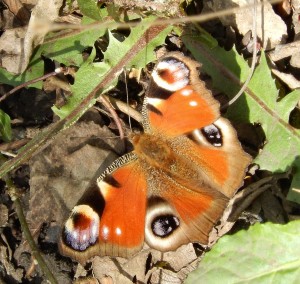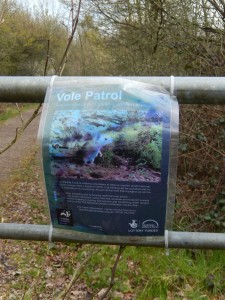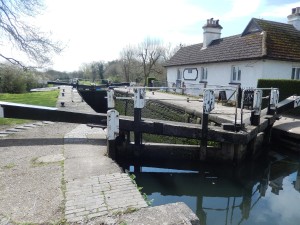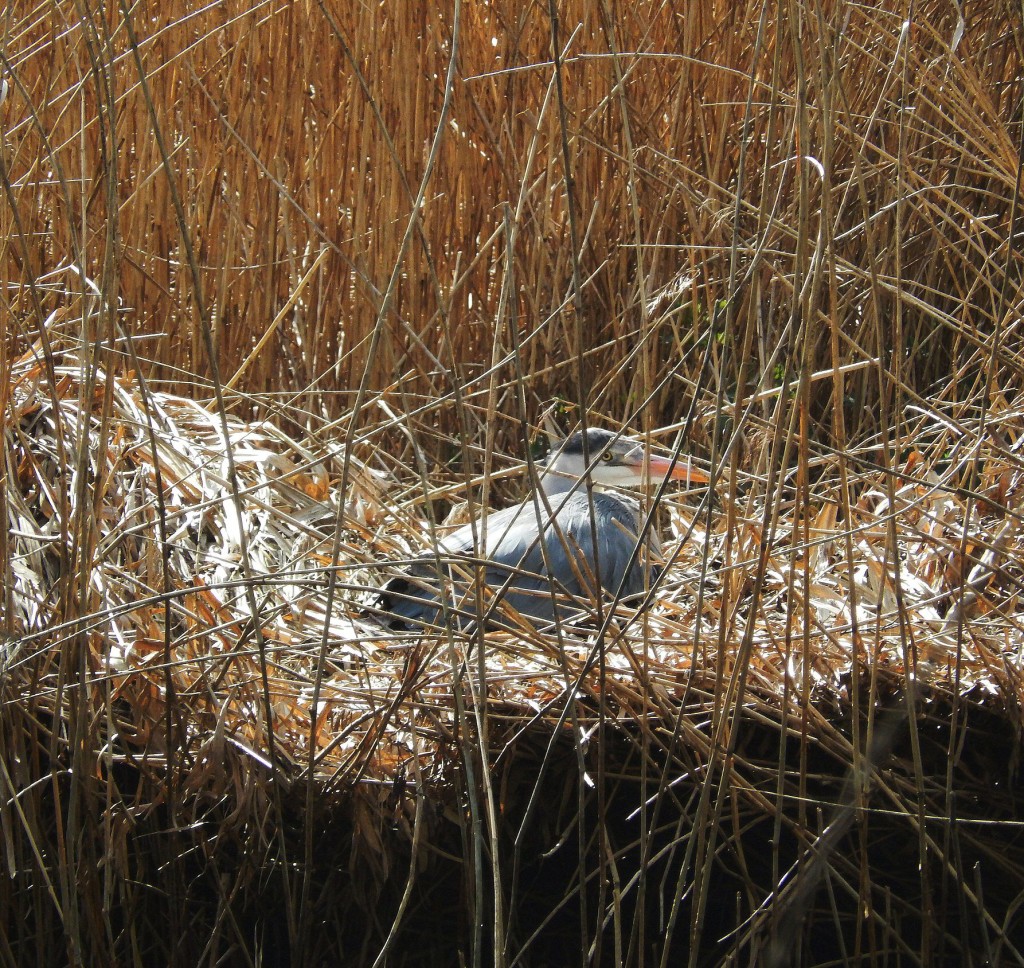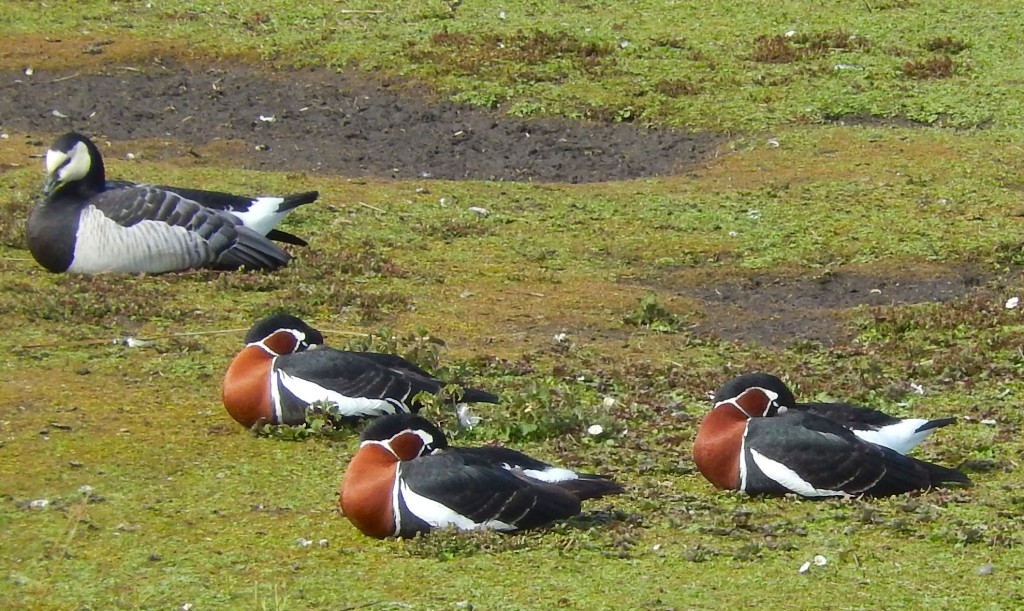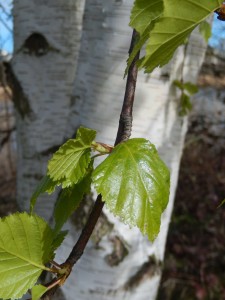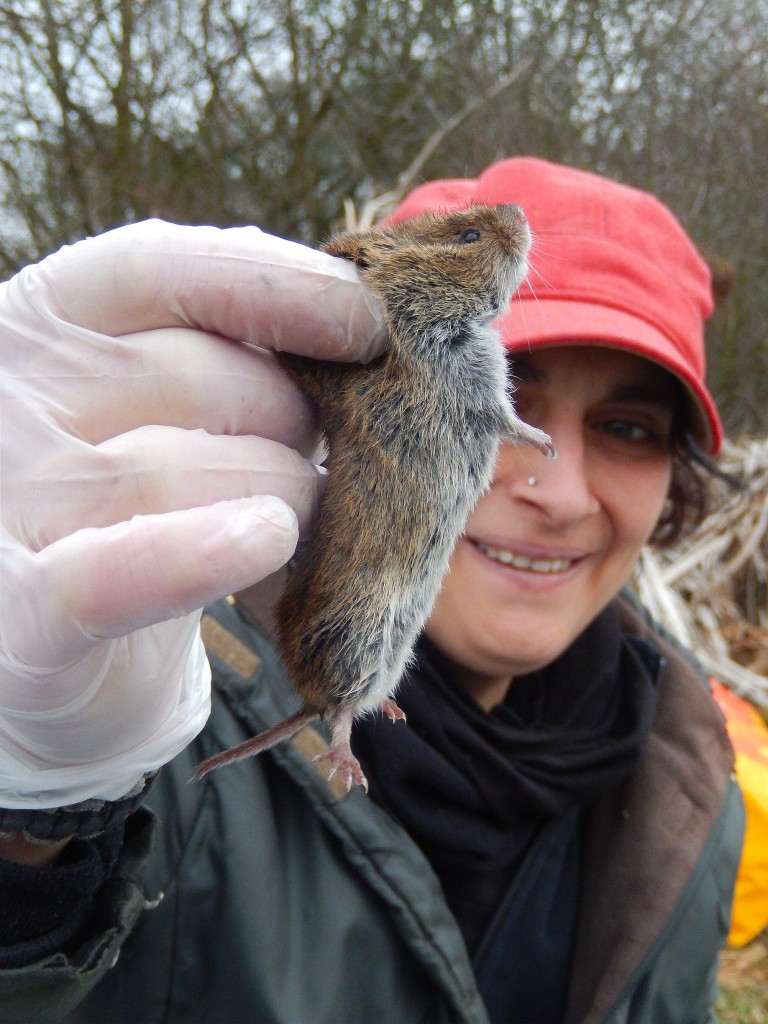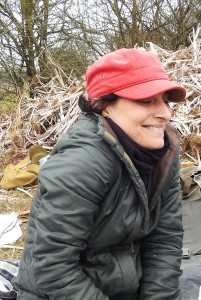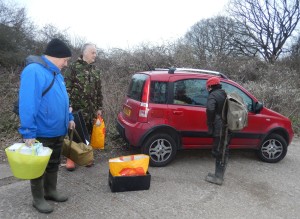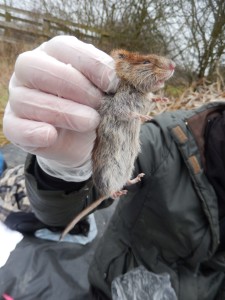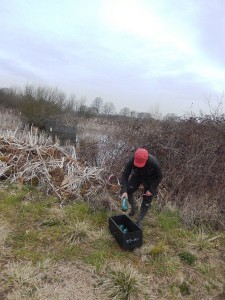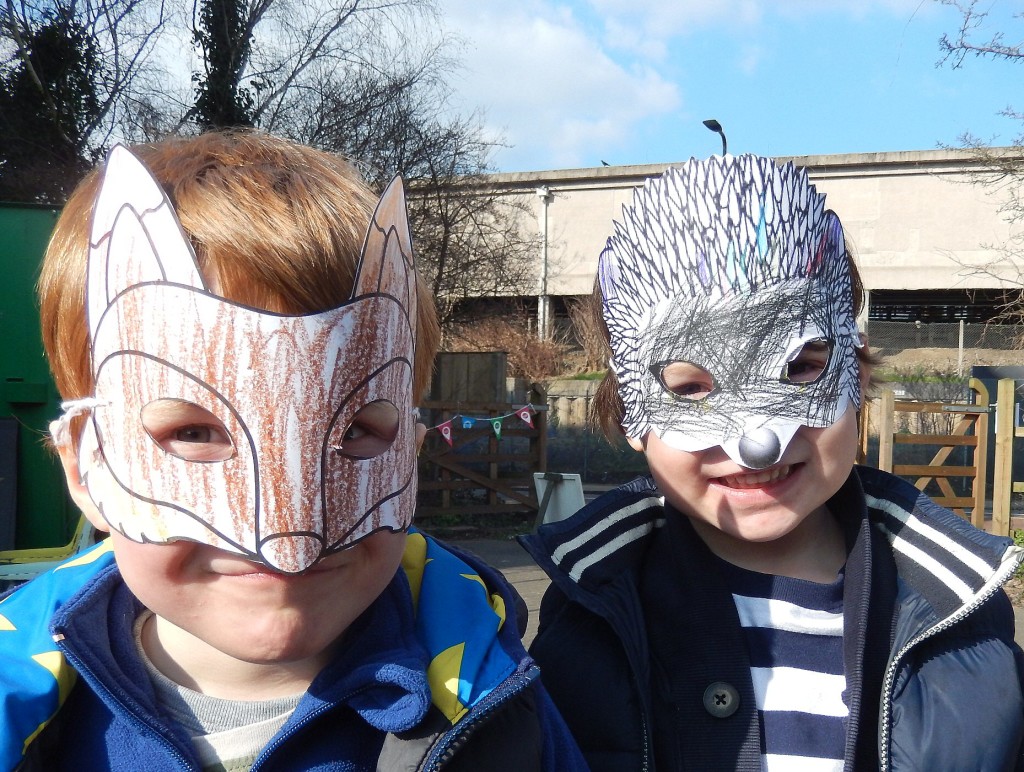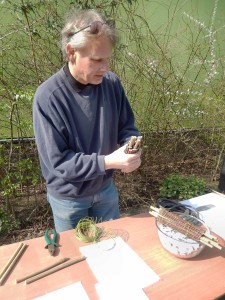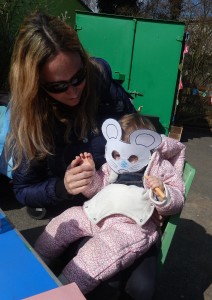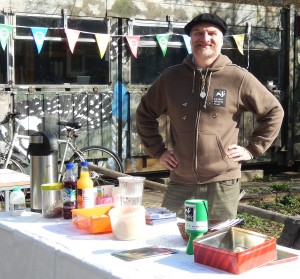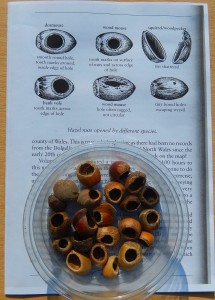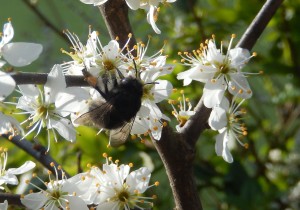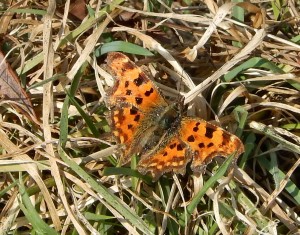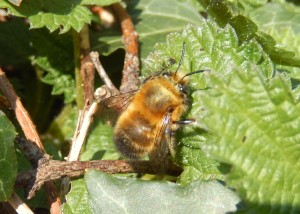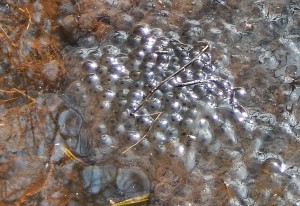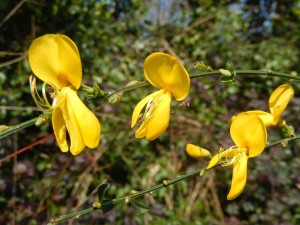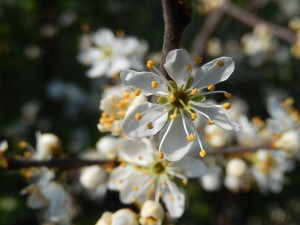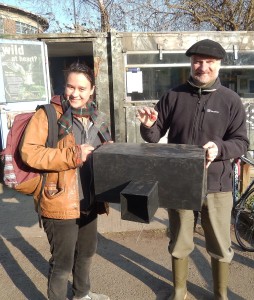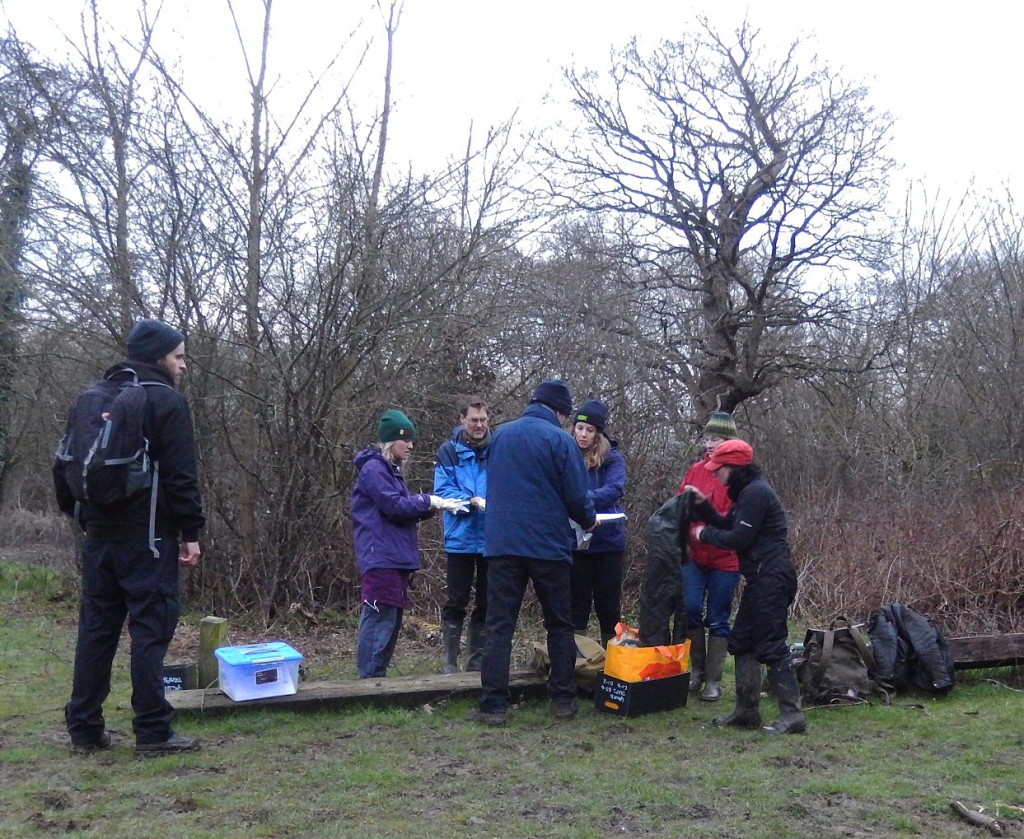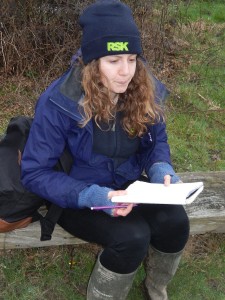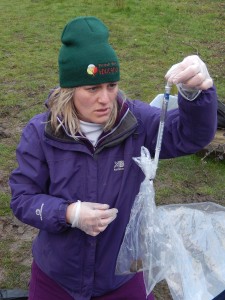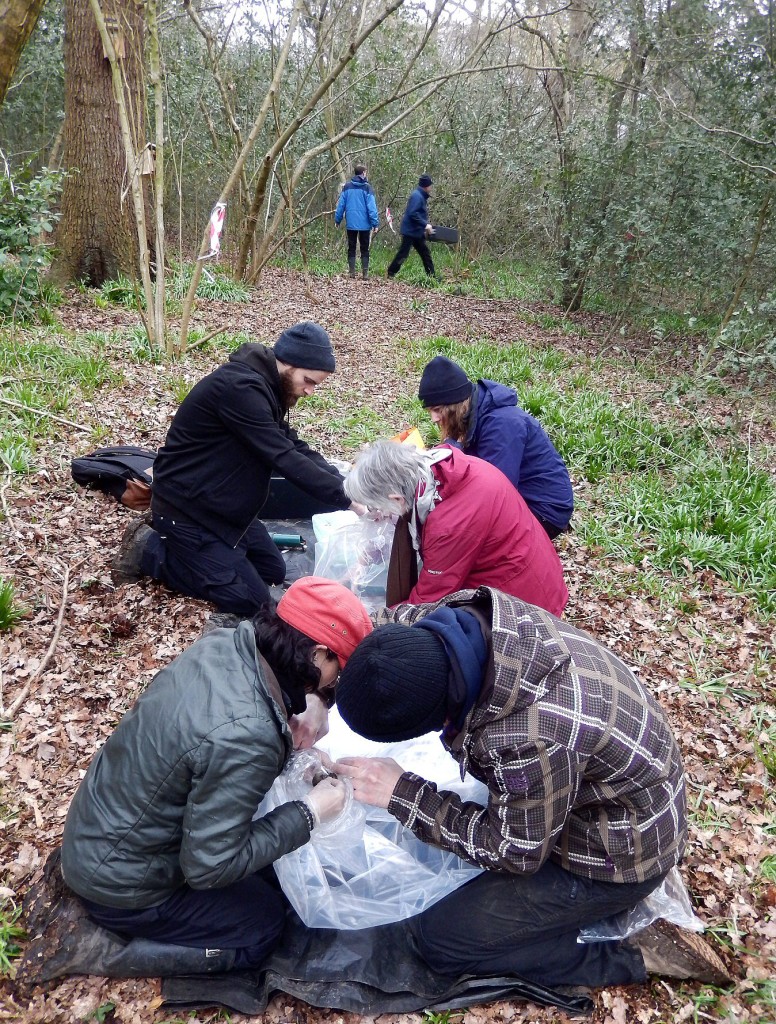It was a lovely sunny walk today, spring in everything but temperature, in a fresh Northerly wind.
I was greeted at Wraysbury Lakes by a jumble of music, a loud and vigorous Garden Warbler competing with an even louder Song Thrush to pour out rich fluty notes in a confusing stream.
Suddenly the air is full of rising Mayflies with their long triple tails. The masses of Comfrey and Nettles are dotted with the iridescent blue of Banded Demoiselles, like slender dragonflies, and the clear green of the females. Also quite a few Azure Damselflies, the males brilliant blue with little cup markings at the base of their abdomens (Segment 2), the females green with little ‘Mercury’ markings in the same place. I think I saw a slender Sawfly, too; and quite a few bumblebees visiting the Comfrey. Just two butterflies, a Speckled Wood and a battered Red Admiral.
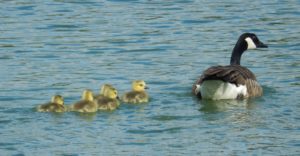
On the lake, a pair of Canada Geese watchfully escorting their fluffy line of chicks.
Further along, Blackcap, Robin, Blackbird; then a patch of Chiffchaffs; more Garden Warblers, then a few Whitethroats, making extraordinary wheezing and squeaking anxiety calls, and one in song flight; a little flock of Goldfinches; a few Willow Warblers, deep in the scrub, my first of the year. The May blossom is on time, the Hawthorns heavy with their white dresses. In clearings, Bugle, Forget-me-nots and Cowslips; a Red Campion.
In the sky, a Kestrel; a dozen Jackdaws; a Heron and a Cormorant; more surprisingly, a pair of Shelduck, rather big, rather white, with black wingtips and a brickred band across their chests. Four Swifts wheel past, race low over the hill.
Among the mares with their foals, a dozen Starlings making their rasping calls, feeding their newly-fledged young on the ground in the open or watching from the bushes; a French (Red-Legged) Partridge running rather than flying; a hen Pheasant flying in, her broad wings heavily loaded like the wide-bodied jets that roar overhead.
It’s utterly different from the heat earlier in the week, when I was down in Wiltshire, watching a Kingfisher flash along the river in Bradford-on-Avon, a Heron stalking fish in the shallows, a Horseshoe Bat among the bushes at dusk.

